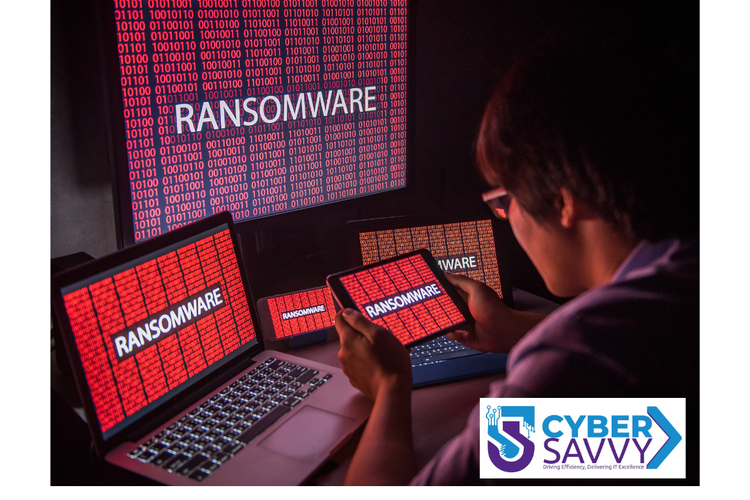The Silent Siege: Ransomware Attacks on Critical Infrastructure
Introduction
In an increasingly digitized world, the lines between cyberspace and physical reality blur, leading to a rise in cyber threats that strike at the heart of our daily lives. One of the most alarming trends in recent years is the escalation of ransomware attacks targeting critical infrastructure sectors. From hospitals to power grids, no sector remains untouched, and the stakes have never been higher. These insidious assaults hold the power to cripple entire cities, disrupt essential services, and threaten the very fabric of our modern society.
The Current Landscape
In 2023 we witnessed a disturbing increase in such attacks, where malicious actors have not only demanded hefty ransoms but also threatened the very fabric of society by aiming at the systems that keep our world running. The question isn't merely about data privacy anymore; it's about public safety.
Understanding Ransomware

Picture this: an unsuspecting employee clicks on a seemingly harmless email attachment, unwittingly unleashing a digital Pandora's box. In mere moments, the ransomware infiltrates the network, encrypting files and locking down critical systems. The attackers demand an exorbitant ransom, holding the organization's lifeblood hostage. It's a nightmare scenario that has become all too real for countless victims.
Ransomware, a type of malware that encrypts a victim's files and demands payment for their decryption. Initially a tool for financial extortion of individuals, it has now transformed into a weapon against institutions that manage water treatment facilities, healthcare, and even law enforcement agencies.
Why Critical Infrastructure?
The answer is twofold: vulnerability and impact. Designed in a pre-cybersecurity era, many critical systems frequently interconnect and depend on one another. This makes them not only easy targets but also ensures that an attack on one can lead to cascading failures across multiple sectors.
Case Study: The Colonial Pipeline Attack
A ransomware attack hit the Colonial Pipeline in May 2021, causing widespread fuel shortages and panic along the East Coast of the USA. This incident not only highlighted the vulnerability of critical infrastructure but also showcased the profound societal repercussions that can follow.
Preventive Measures and Mitigation Strategies
It is imperative for organizations to adopt a layered security approach. This includes regular updates to security protocols, employee training on phishing and other common attack vectors, and the implementation of robust backup and disaster recovery plans. Governments are also stepping up with initiatives aimed at bolstering the cybersecurity frameworks of critical sectors.
Looking Ahead
As we look to the future, the intersection of AI and cybersecurity poses both challenges and opportunities. Artificial intelligence can potentially predict and mitigate ransomware attacks before they happen. However, cybercriminals can also use the same technology to create more sophisticated threats.
Conclusion
The fight against ransomware extends beyond data protection; it is a matter of preserving our way of life. As we progress in this digital era, collaboration among industries and governments is paramount. Our defenses must keep pace with the ever-evolving threats we face.
Call to Action
Stay informed. Stay prepared. Subscribe to our newsletter for the latest insights and updates on how to protect yourself and your organization from these devastating cyber threats.
Samuel
(Cyber Savvy Team)






I wanted to express my gratitude for your article highlighting the troubling increase in ransomware attacks on critical infrastructure. Your thorough analysis and commitment to raising awareness on this issue are invaluable. I found your piece to be exceptionally informative and engaging. Thank You.
Posted at May 13, 2024, 3:08 a.m.